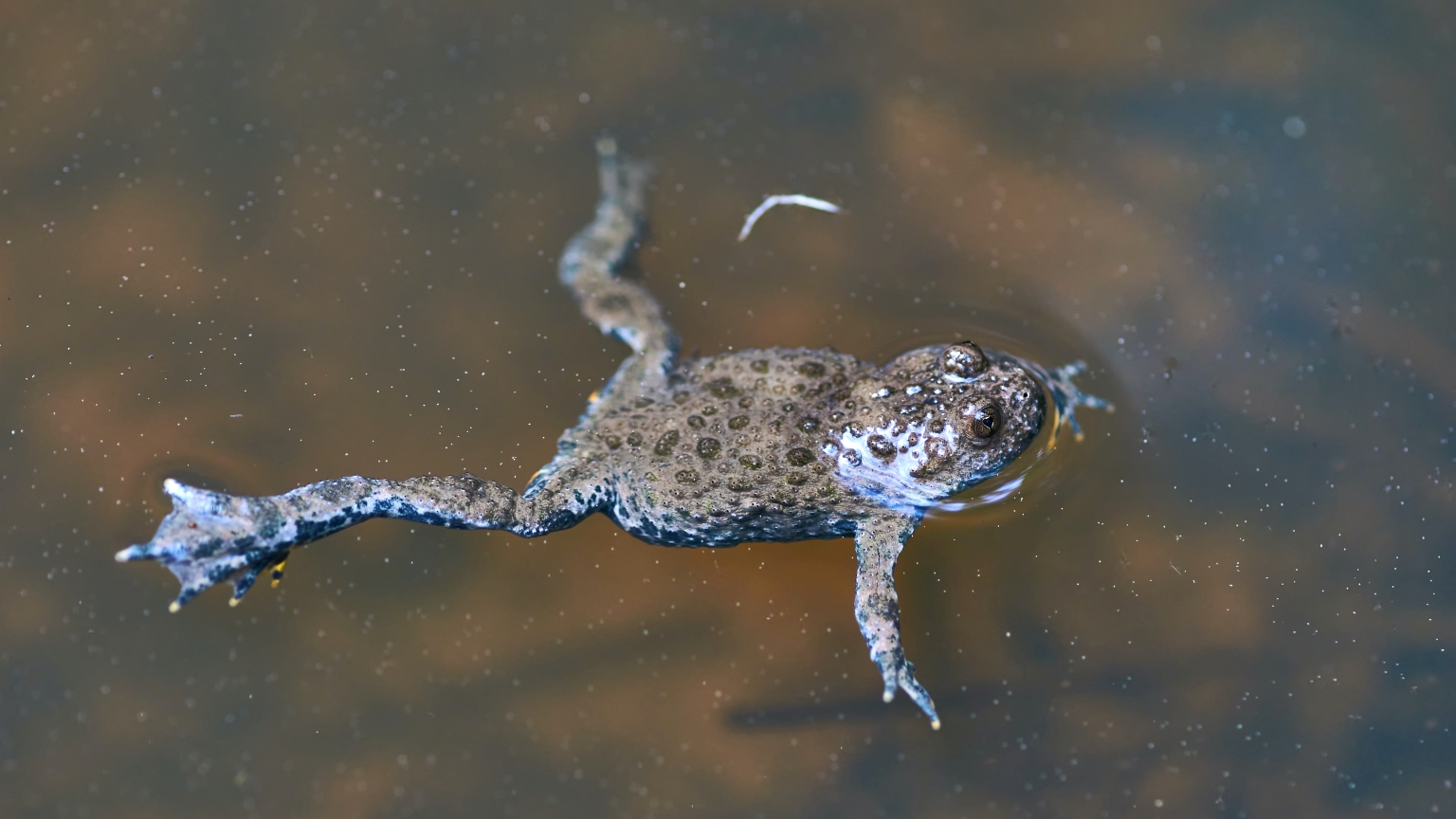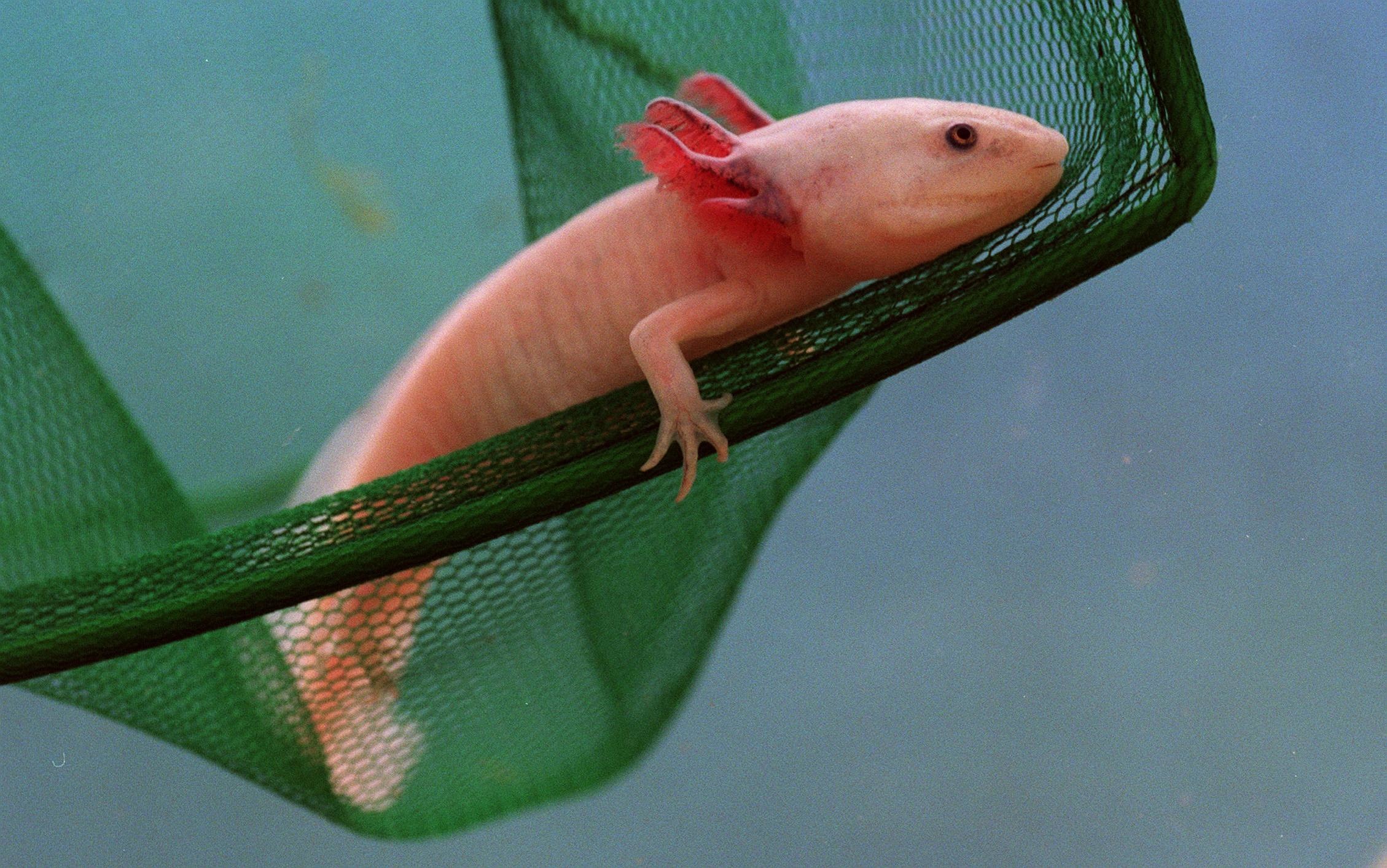We’re One Step Closer to Making Limb Regeneration a Reality

Newts can regenerate limbs as both babies and adults. That’s unique among amphibians, and a trait that scientists would love to replicate for humans. One of the biggest hurdles in doing that was the need for adult cells to return to an infantile state for the regeneration process — but researchers at the University of Tsukuba have just eradicated that limitation.
According to a study released in Nature, the researchers discovered that adult newts regrow lost limbs using different mechanism than they do as babies. Newts regenerate limbs thanks to skeletal muscle fiber cells (SMFCs) and muscle stem/progenitor cells (MPCs). Both cells spur the creation of blastema, a mass of cells that can grow into organs or body parts, as you can see here:

Credit:J0nesy/Reddit
Both SMFC and MPC cells are triggered in the regeneration process, but the difference is timing. MPCs are used to regenerate cells in a newt’s larval stage. SMFCs are used in the newt’s adult stage. Researcher Hibiki Tanaka explains it as “larval newts use stem/progenitor cells for new muscle in a regenerated limb while metamorphosed newts recruit muscle fiber cells in the stump for the same purpose.”
The scientists made this discovery by inserting a fluorescent protein into newt embryos that glowed red when SMFCs and MPCs activated. Then the researchers amputated limbs from larval and adult newts that had been put to sleep. They observed the activity of SMFCs and MPCs as limbs were regrown, and discovered that the SMFC cells in the stumps of the older newts temporarily regressed to a more primitive state. The SMFC cells re-entered the cell cycle and produced more muscle cells.
We’re a long way from using SMFCs to regenerate human limbs. But now that we know there’s a different mechanism for regenerating adult cells, we’ve got renewed hope in using newts as a model for limb regeneration in humans. The most likely potential treatments might come from genomics . Only time will tell.





